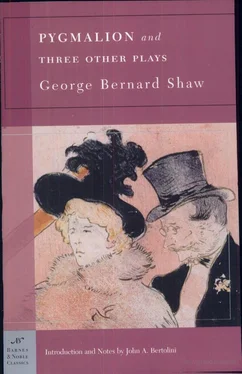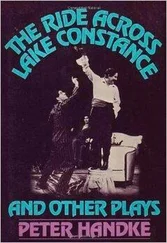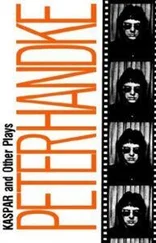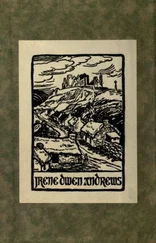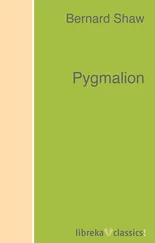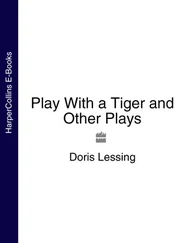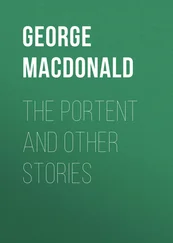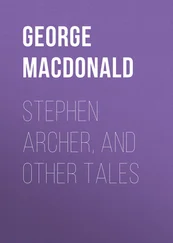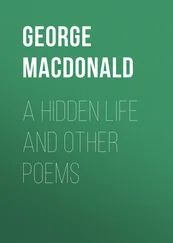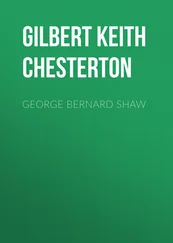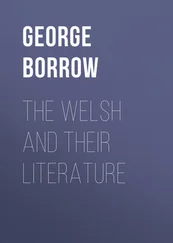9 (p. 411) “My idea of a loveable woman is something as like you as possible”: Shaw refers to Higgins as having a “mother-fixation,” and as such he must be accounted as one of the earliest literary characters created from a consciousness of the Oedipus complex (a child’s sexual attraction to the parent of the opposite sex and jealousy of the parent of the same sex), a theory developed by Sigmund Freud (1856-1939). Shaw was familiar with Freud’s theories and wrote about them extensively to Gilbert Murray on March 14, 1911.
10 (p. 419) “bloody”: No one knows precisely why this particular adjective became taboo in British English, but it did. Its casual application seems to have been considered blasphemous or sacrilegious, or at least too vulgar for polite conversation. It was unheard on the British stage until Eliza uttered it in 1914; it provoked tidal waves of laughter, as much at the breaking of a taboo as at the enormity of Eliza’s social gaffe. Since there are no more verbal taboos on our stage, except politically incorrect ones, the original effect is not reproducible.
11 (p. 424) “Lionel Monckton”: This English composer (1861-1924) wrote the hit musical comedy The Arcadians, which ran in London from 1909 to 1911; Monckton’s most popular airs would have been familiar to Londoners like Higgins and Eliza.
12 (p. 428) La Fanciulla del Golden West: Italian composer Giacomo Puccini’s great opera is actually titled La Fanciulla del West (The Girl of the West, 1910); Shaw has conflated its title with that of its play-source, The Girl of the Golden West (1905), by American playwright David Belasco. The aria Higgins is “half-singing” is most likely “Ch’ ella mi creda libero e lontano” (Let her think that I am free and far away).
13 (p. 435) and finally goes down on her knees on the hearthrug to look for the ring: The hearthrug is in front of the fireplace where Higgins had flung the ring. By having Eliza search there among the ashes, Shaw is playing on the story of Cinderella. In later editions Shaw added that Eliza then puts the ring on the dessert stand, where she knows Higgins will find it because of his fondness for sweets.
14 (pp. 441-442) “it’s a choice between the Skilly of the workhouse and the Char Bydis of the middle class”: In Greek legend Scylla, a sea monster, and Charybdis, a whirlpool, occupied opposite sides of the Strait of Messina, through which Odysseus had to sail without being capsized by either. The phrase “between Scylla and Charybdis” means between two equal difficulties.
15 (p. 459) Higgins, left alone, rattles his cash in his pocket; chuckles; and disports himself in a highly self-satisfied manner: Since the first performance of Pygmalion in England, actors and audiences have rebelled against the unresolved ending of Shaw’s first version of the play, used in this edition. In Shaw’s later revision, Higgins “roars with laughter” as he informs his mother that Eliza is going to “marry Freddy.” In so doing, Higgins conforms to the prose narrative Shaw appended to the published version of the play.
16 (p. 469) Age had not withered him, nor could custom stale his infinite variety: Shaw’s application of Enobarbus’s famous ascription of immortal vitality to Cleopatra (in Shakespeare’s Antony and Cleopatra, act 2, scene 2) shows his great affection and friendship for Wells, as do the sentences that follow.
HEARTBREAK HOUSE
1 (p. 477) Heartbreak House and Horseback Hall: With these two categories — metaphors, really Shaw indicates a division of the upper classes. Heartbreak House, as he goes on to explain, symbolizes the socially liberal, artistic, and intellectual but apolitical and self-absorbed group; Horseback Hall is the pro forma conservative, anti-intellectual, anti-artistic, but pro-leisure-sports and self-absorbed group. Shaw points out that neither group provided a good pool for political leaders.
2 (p. 479) the garden of Klingsor: Shaw uses this image as a symbol of sensuous self-indulgence. In German composer Richard Wagner’s 1882 opera Parsifal, the eponymous hero is tempted to such self-indulgence by the flower maidens in the magical garden of the evil magician Klingsor.
3 (p. 489) unsuccessful [attempt] to assassinate Mr Lloyd George: David Lloyd George (1863-1945) was prime minister of Great Britain during the last two years of World War I, and thereafter for four more years. Louis Cottin, an anarchist, attempted to assassinate him but only wounded him.
4 (p. 492) Tearing the Garter from the Kaiser’s leg, ... changing the King’s illustrious and historically appropriate surname (for the war was the old war of Guelph against Ghibelline): The Order of the Garter is an order of chivalry founded in 1348 by King Edward III; at the start of World War I, Kaiser Wilhelm II, emperor of Germany and king of Prussia (1888 to 1918), was stripped of this high British honor. Also at the start of the war, Britain’s King George V changed his family name from the German Saxe-Coburg-Gotha to the English Windsor. The Guelphs and the Ghibellines were two warring political parties in Italy during the twelfth to the fourteenth centuries; the Guelphs, the papal and popular party, opposed the authority of the German emperors in Italy, while the aristocratic Ghibellines supported the German emperors.
5 . (p. 516) to destroy the militarism of Zabern: Zabern, usually spelled Saverne, in northeastern France in the region of Alsace-Lorraine, was the site of conflict between the German military and local citizens that contributed to the motivation for World War I.
6 (p. 517) Apostolic Hapsburg has collapsed;All Highest Hohenzollern languishes in Holland, ... Imperial Romanoff, said to have perished miserably by a more summary method of murder, ... the lord of Hellas is level with his lackeys in republican Switzerland; ... Commanders-in-Chief have passed from a brief glory as Solons and Caesars into failure and obscurity: Hapsburg is the name of the ruling family of Austria that gained ascendancy over much of Europe during the sixteenth century. Hohenzollern is the royal family name of Kaiser Wilhelm II (see note 4, above), who abdicated to Holland on November 9, 1918. Czar Nicholas II of Russia (1868 — 1918), a member of the Romanoff (or Romanov) Russian dynasty and the last czar of Russia, was murdered with all his family by the Bolsheviks during the Russian Revolution. Constantine I, king of Greece (1913-1917, 1920-1922), known as king of the Hellenes, did not support the Allied forces during World War I and consequently was deposed; he sought refuge in Switzerland. The Greek statesman Solon (c.600 B.C.), one of the Seven Wise Men of Greece, was renowned as a wise lawgiver.
7 (p. 518) “Lass’uns verderben, lachend zu grunde geh‘n”: The English translation is “Laughing let us be destroyed, laughing let us go to our graves”; the quotation is from the ecstatic love duet between Brunnhilde and Siegfried that concludes Richard Wagner’s 1871 opera Siegfried.
8 (pp. 518-519) That is why I had to withhold Heartbreak House from the footlights during the war;for the Germans might ... not have waited for their cues: In a letter of October 5, 1916, to Sidney and Beatrice Webb (fellow members of the Fabian Society), Shaw recounts his experience with two zeppelins that passed over his country home in Ayot St. Lawrence; the experience was the inspiration for the end of the play. In the letter, Shaw writes: “The sound of the Zepp’s engines was so fine, and its voyage through the stars so enchanting, that I positively caught myself hoping next night that there would be another raid.” Clearly, Shaw transmuted these feelings into Ellie and Hesione’s emotions at the end of the play. Shaw adds the following observation in the letter after he notes the human suffering caused by the bringing down of one of the zeppelins and the gleeful response of some of the onlookers, as well as his own ability to get right to sleep: “Pretty lot of animals we are!”
Читать дальше
